Some 10 million years ago, dying stars cleared a giant cavity in space and ultimately inspired a new generation of star formation.
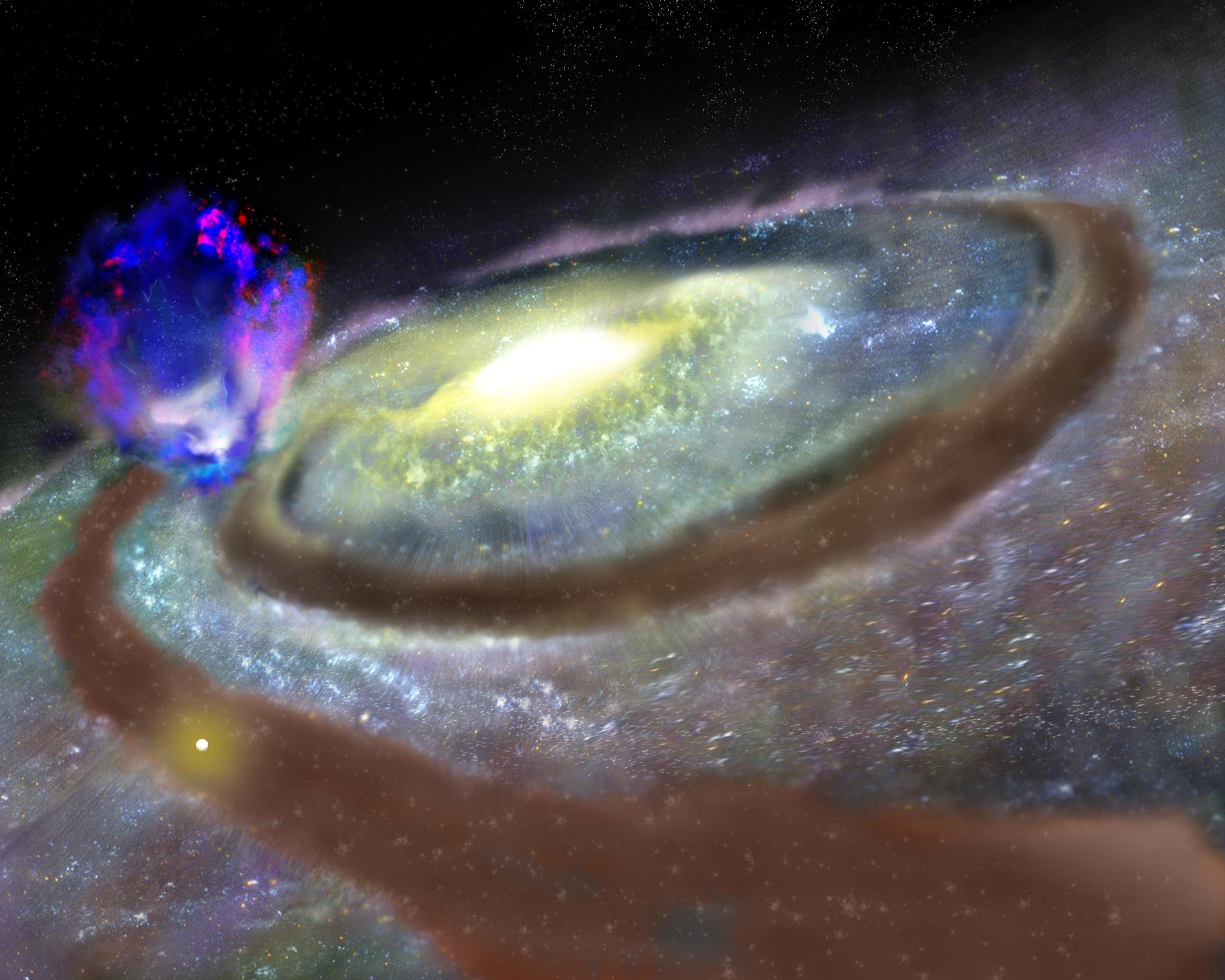
Before construction workers began on a development near my house, they sent me and my neighbors warning of the imminent TNT-fueled explosions. The stars that went supernova in a region of space some 700 light-years away didn’t have so much courtesy.
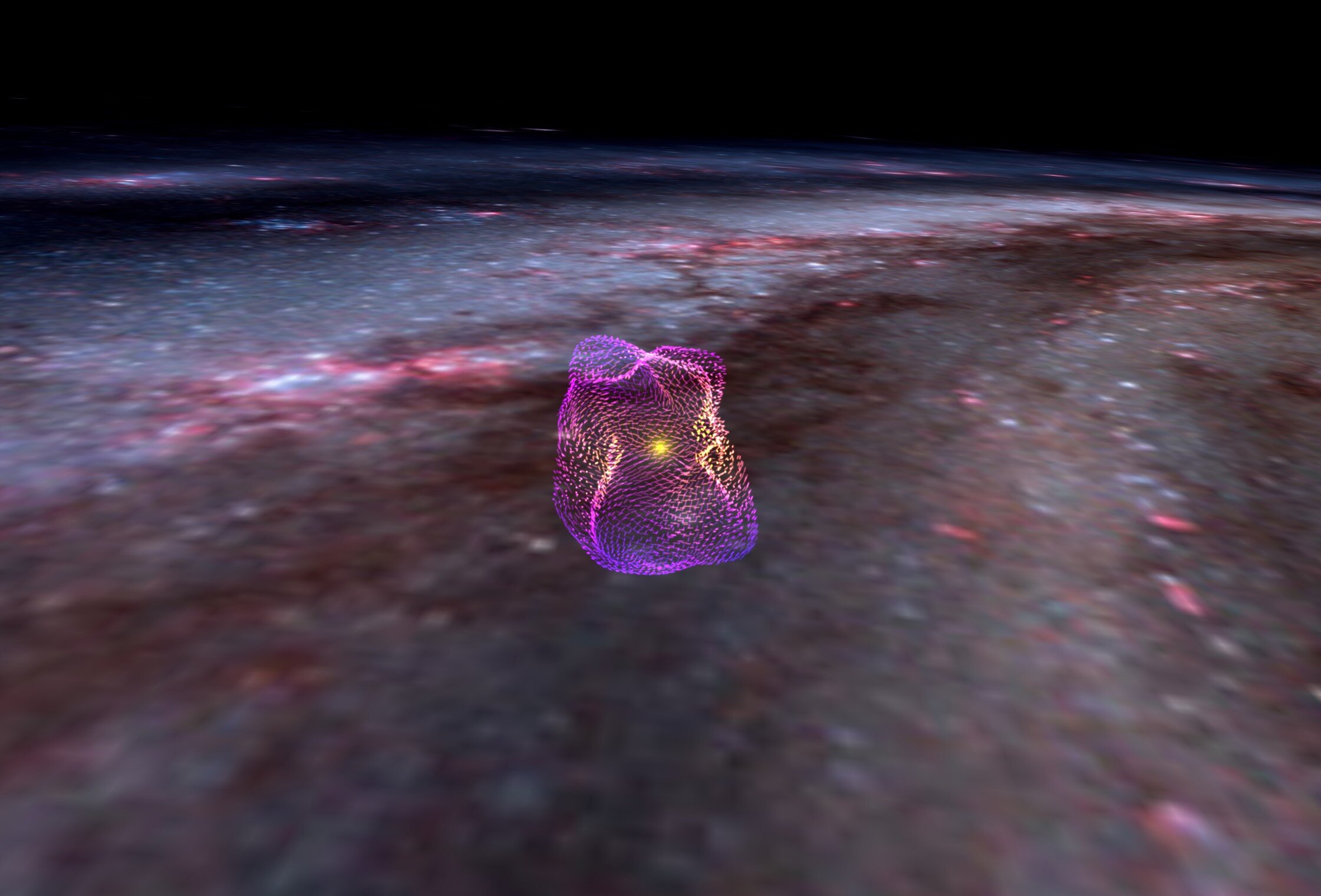
Around 10 million years ago, several unannounced blasts swept up gas around one-time stars, clearing out a cavity 250 light-years wide. All of that interstellar gas was pushed to the edges, triggering a new generation of star formation.
And so, the cycle continues.
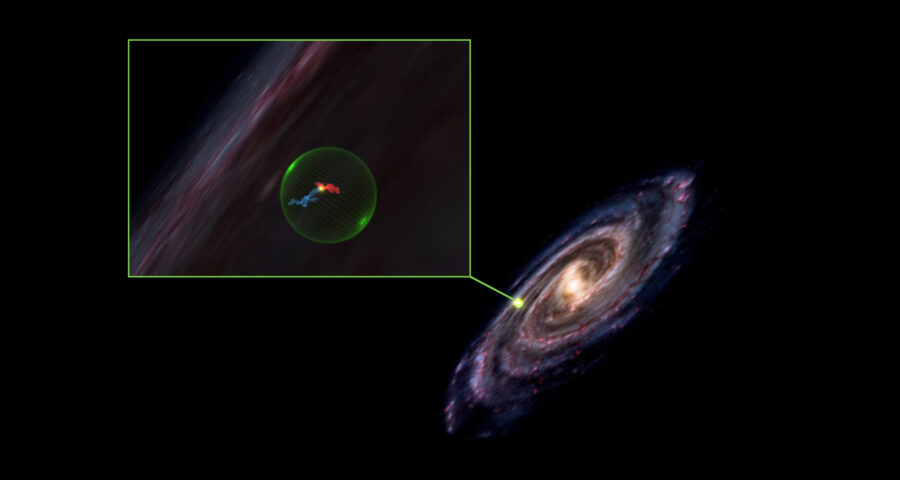
Shmuel Bialy (Center for Astrophysics, Harvard & Smithsonian), Reimar Leike (Max Planck Institute for Astrophysics, Germany), and colleagues pieced together this remarkable story based on dust. Not the dust of your living room, but the smoke-size particles that drift among the stars of the Milky Way. Where dust gathers, stars are born.

Last year, Leike created an unprecedented 3D map that shows how dust is spread around the solar neighborhood. Such a map became possible with the European Space Agency’s Gaia satellite, which is measuring ultra-precise distances to more than a billion stars in the Milky Way. Astronomers know how stars of different classes should look, so by comparing their measured brightness with how bright they should be given their distance, astronomers can determine how much dust lies in that direction.

Now, Bialy and colleagues have used Leike’s 3D map to disentangle the Perseus and Taurus molecular clouds, two nearby star factories, publishing the results in the September 20th Astrophysical Journal Letters.

“For over half a century, radio astronomers have been studying galactic structure and the local interstellar medium in ‘3D,’ but the three dimensions were two coordinates on the sky and a radial velocity [toward or away from Earth],” says Thomas Dame (also at Center for Astrophysics), who was not involved in the current study. “Having used velocity as a crude surrogate for distance throughout my career, it’s really thrilling to finally see the true structure of these very well-known local molecular clouds.”
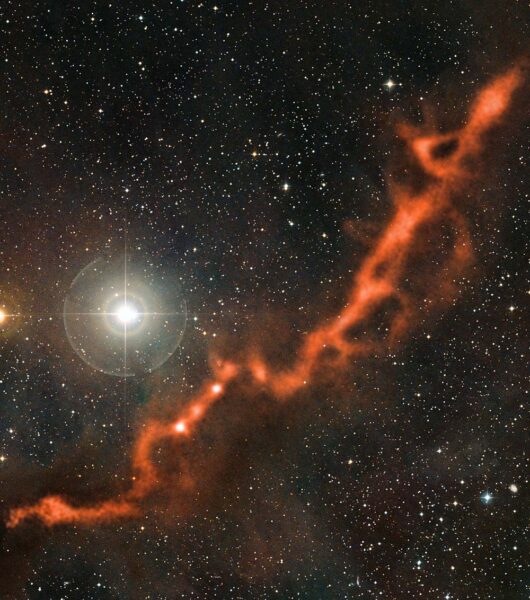
Astronomers have long suspected an association between the Perseus and Taurus clouds, as our line of sight seems to show a bridge between the two. In fact, Bialy and coauthor Alyssa Goodman (also at CfA) had noticed arc and shell features using other data covering this region. But using the visualization tools of the 3D dust distribution, Bialy’s team showed that the clouds are actually on opposite sides of a giant, empty cavity — a supernova-blown superbubble that’s 500 light-years across.
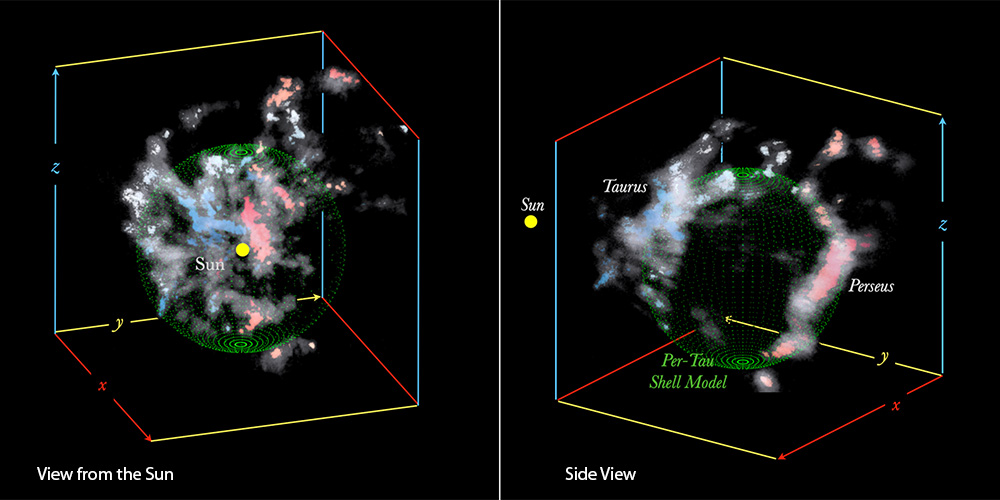
Other data, including the emission of X-rays and an abundance of the aluminum-26 isotope, both coming from hot gas inside the shell, support the supernova scenario. “I think that the [researchers] make a very convincing case for a cavity powered by a few supernova explosions,” says Evangelia Ntormousi (Scuola Normale Superiore, Italy), who was not involved in the study. “The configuration of the clouds and the traces of a central energy source certainly point to the feedback-generated cavity scenario.”
The size of the superbubble indicates that it’s at least 6 million years old, since that’s how long it would have taken to grow so large. But that bubble isn’t expanding anymore, which means it could be even older. However, if it’s too old, then the bubble would dissipate, reabsorbing into the interstellar medium. The researchers calculate that the supernovae can’t have happened more than about 22 million years ago.
In other words, at some point after the existence of early apes but before the evolution of humans, a series of supernovae must have lit up this area of the sky. Now, we can see the long-term consequences of those blasts in the form of star-forming clouds, their dust and gas compressed by the supernova-powered shock wave as it swept through the region.

In fact, these observations provide the first three-dimensional view of a long-held idea — that the deaths of stars can trigger new generations.
“This study is a great showpiece for what is possible now,” Dame says. And this is only the beginning. As 3D dust maps improve, they hold promise for understanding the process of star formation near and far.